Exploring How Different Energy Sources Cause Different Forms of Pollution
Published Feb. 3 2021, 4:09 p.m. ET
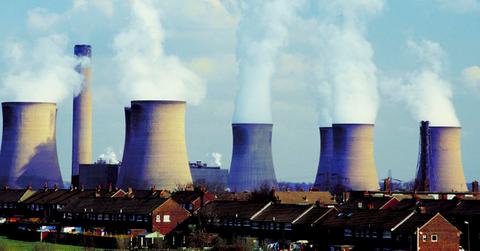
For centuries now, human beings have been burning fossil fuels for energy. We burned coal, and oil, and gasoline, and as we warmed our homes and ran our factories, plumes of black pollution were belched up into the atmosphere to pile on beneath the ozone layer. We did this because, until very recently, it was the only way we knew of to get energy. Technological innovations have changed things for the better in some cases, but nearly every type of energy source creates some sort of pollution.
What kinds of energy cause what types of pollution?
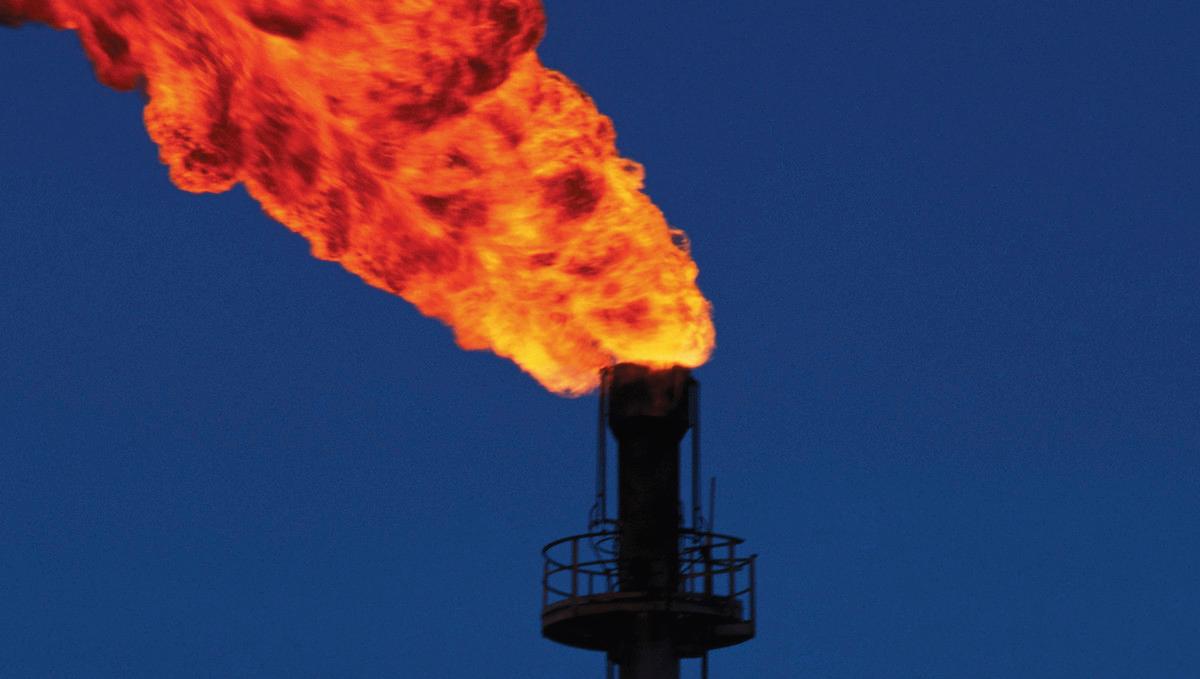
The energy sources listed below are some of the most common types of energy sources used in the world today. Nearly all of them, even the most renewable ones, leave some manner of pollution in their wake.

Coal power
Of all the energy sources on this list, coal produces more pollution than any other. According to the International Energy Agency (IEA) coal accounts for 80 percent of power plant carbon emissions in the U.S. What’s more, coal produces waste and pollution at every stage of the energy production process, from mining to storage and transportation, and finally when it is burned for fuel.
Burning coal produces soot, sludge, CO2, heat, and toxic chemicals like mercury. In fact, according to data from the Environmental Protection Agency's (EPA) National Emissions Inventory, U.S. coal power plants emitted something like 45,676 pounds of mercury in 2014. It’s also running out, as many fossil fuels are — a fact which will no doubt become a problem for those whose livelihoods and power depend on it. It's not a problem for those who want to see coal go the way of the dinosaurs, though.
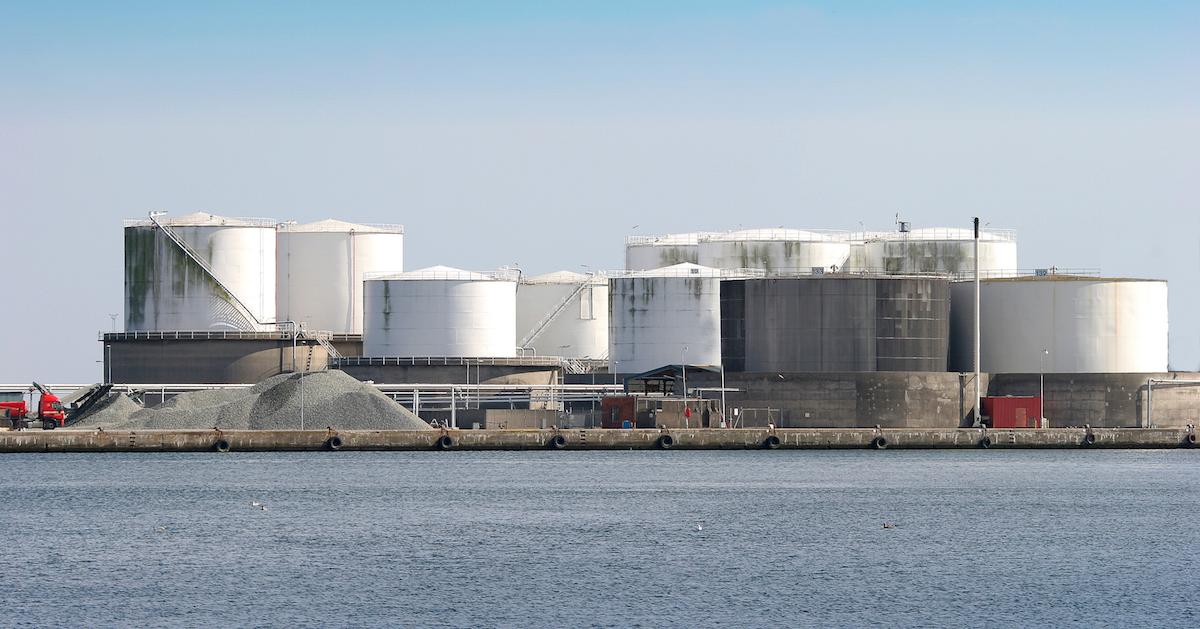
Natural gas power
With coal already falling out of fashions and coal reserves running low, the U.S. has already begun to rely more heavily on natural gas. This has led to a number of environmental problems, including the ever-controversial fracking, but the real problems with natural gas aren’t just to do with its explosive nature. Natural gas is still a fossil fuel and it produces polluting emissions just as readily as coal and gasoline.
Among those greenhouse gas emissions is methane. The EIA estimates that in 2018, methane emissions from natural gas sources and systems accounted for approximately 3 percent of total U.S. greenhouse gas emissions. When one takes the bombastic and water-table-polluting effects of fracking into account as well, natural gas becomes one of the most dangerous energy sources the environment and humanity have ever dealt with.
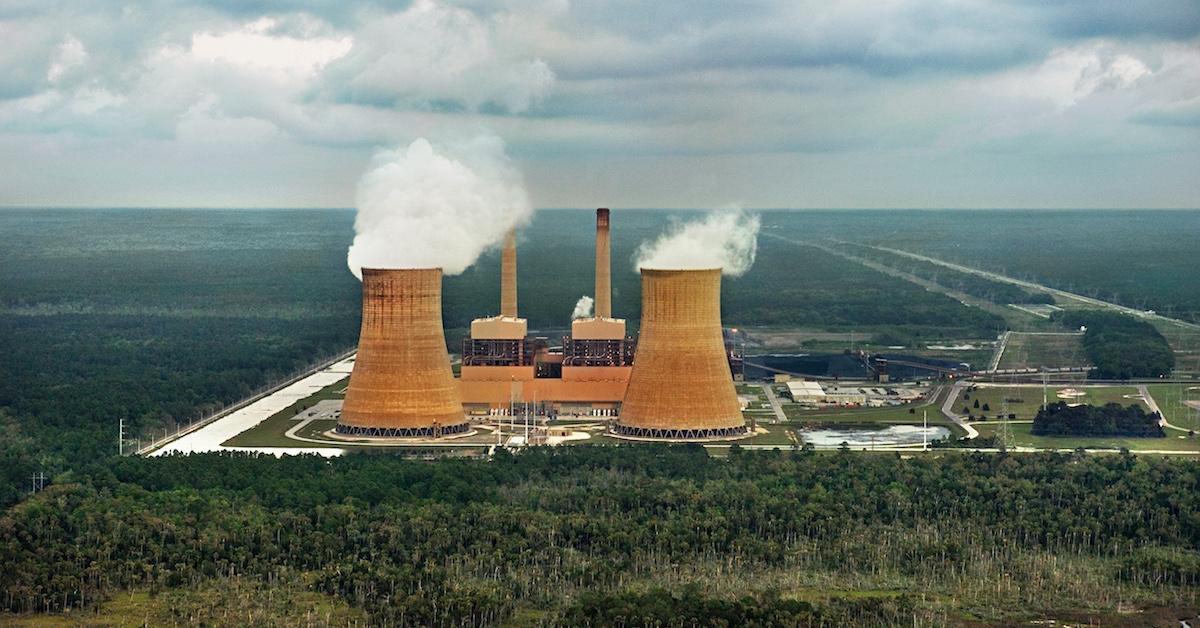
Nuclear power
Nuclear power has always been a double-edged sword. The events at the famous Chernobyl nuclear power plant should have been evident enough of the dangers that they pose. Despite all the bad press, nuclear energy is still considered a renewable source of energy. The thing is, when they work properly, nuclear reactors on their own do not actually produce any kind of air pollution or carbon dioxide.
According to the EIA, the pollutants involved in nuclear energy here have more to do with the mining and refining processes used to prepare the uranium fuel used in the nuclear reactors. At the same time, the waste products produced by the process can be radioactive. And unlike other industrial waste, it won’t just become “less hazardous” over time. And as we have seen, if handled improperly, nuclear waste can cause catastrophic damage.
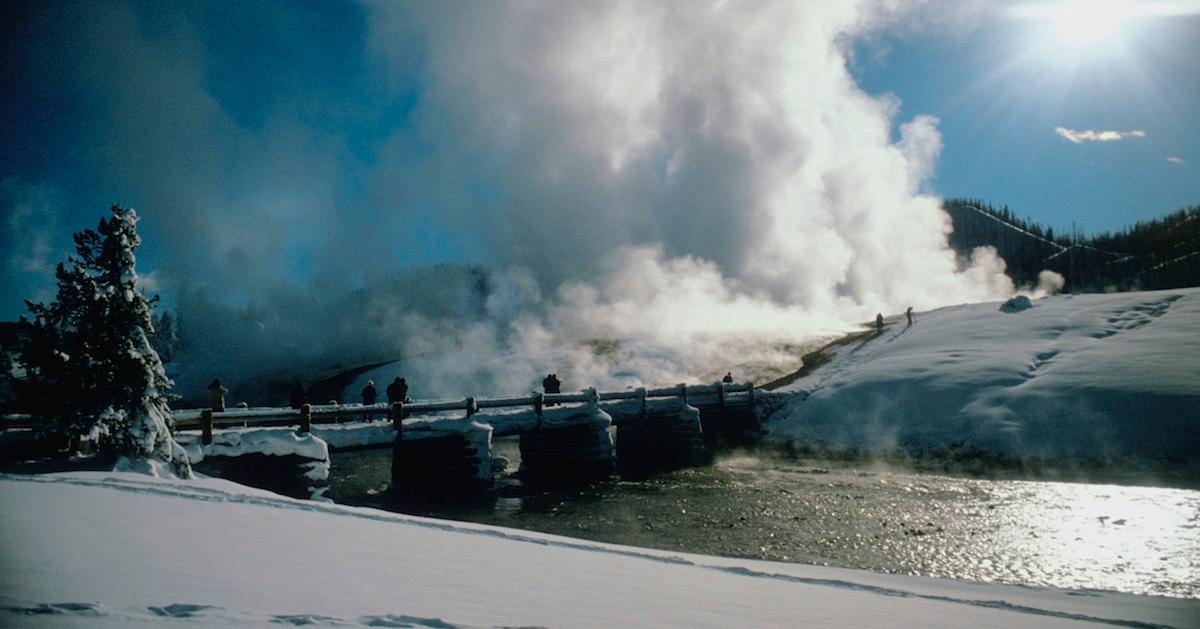
Geothermal power
According to the Union of Concerned Scientists, only about 10 percent of the air emissions produced by open-loop geothermal systems is carbon dioxide. A smaller amount of this is methane gas. Still, neither the methane nor the CO2 is produced in large enough amounts to throw geothermal power out of the running as a “mostly clean” renewable energy source.
Geothermal energy is drawn from the high temperatures found beneath the Earth’s crust. Hot rocks beneath the surface heat water to produce steam, which is then captured to rotate turbines, which in turn, power generators. Besides the minimal greenhouse gases it produces, however, the main drawback to geothermal power is that it can only be achieved in certain places on the planet — places where the Earth’s molten core is close enough to be harnessed.
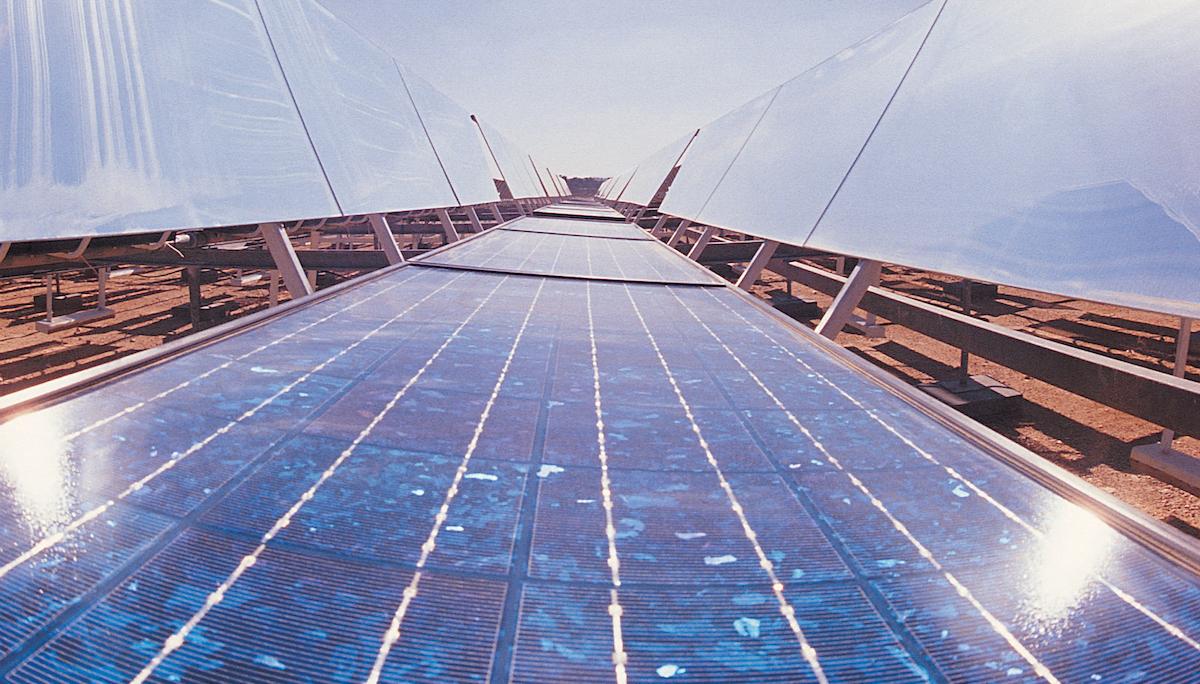
Solar power
According to the EIA, solar power plants or farms do not produce any sort of polluting greenhouse gases. It’s one of the only truly clean sources of renewable energy in the world and thankfully, it's becoming more viable with each passing day. Even most of the component parts of solar panels are mostly recyclable.